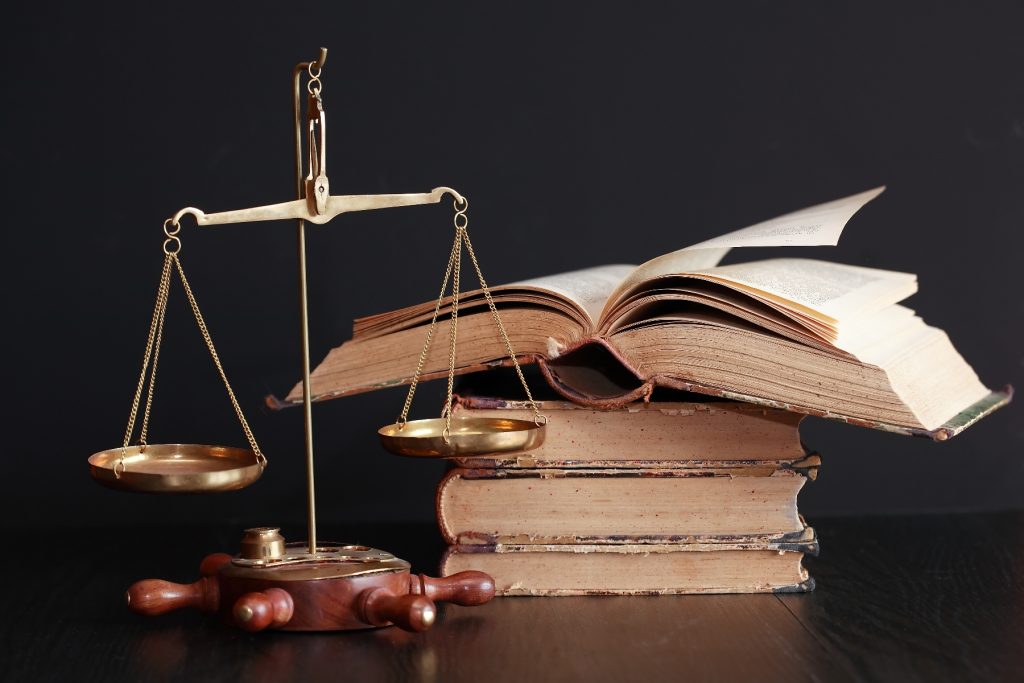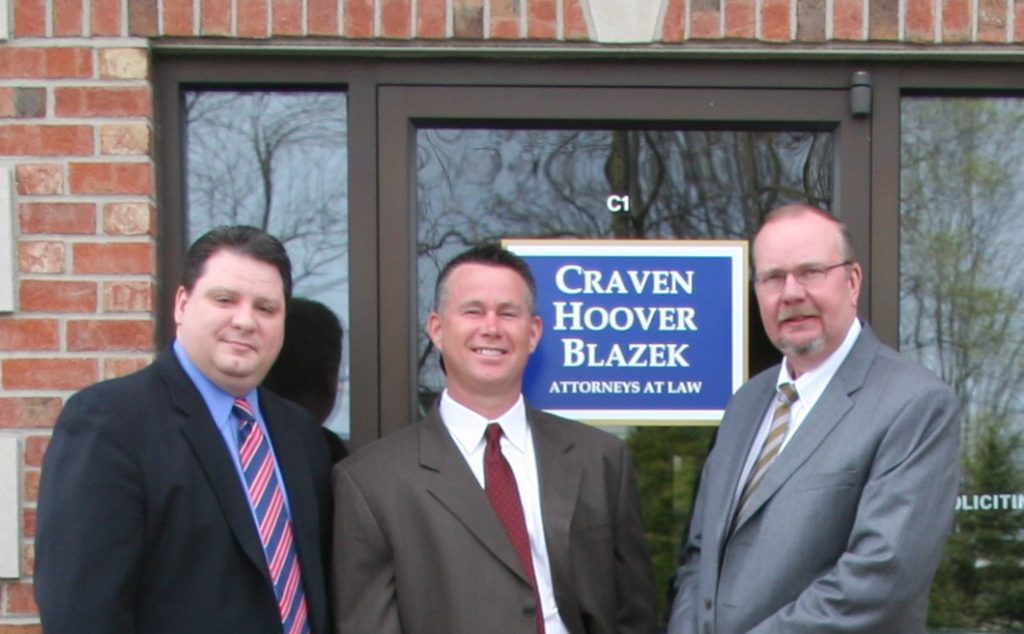If you are considering making a personal injury claim in Indiana, or have already begun the process, here are some important terms and definitions that will help you understand your case. If you have questions about accident claims, contact a seasoned Indianapolis personal injury law firm for trusted advice.

Adjuster:
The adjuster is a person that is employed or hired by an insurance company to possibly settle a personal injury claim. Their primary objective is to avoid paying any sort of remuneration if possible, or pay out as little as possible.
Civil Statute of Limitations:
In all cases of filing a civil claim against another person or entity, there is a legal time limit to do so called a “statute of limitations.” In Indiana, you can find some details regarding civil statute of limitations in Title 34, Article 11, Chapter 2 of the Indiana Code book.
Claimant:
The claimant is the person filing the personal injury claim. This can be one person, the victim, or the family of a victim. Once a claim is filed in a court of law, the claimant become the plaintiff.
First Party Insurance:
As we already know, the term “party” refers to either the plaintiff side or the defendant side. Well, first party is always the plaintiff side, in particular, their insurance company. A plaintiff might file a claim with their insurance company for more money for damages or possibly an uninsured claim when the defendant does not have liability coverage.
Gross Negligence Claims:
Recklessness can be colloquially-defined as unreasonable and/or deliberate misconduct of a person. It is an act that upsets or alarms our society’s morals.
Liability:
The term liability refers to one’s obligation or responsibility. For example, if a drunk driver causes another driver injury, the drunk driver and/or their insurance company is liable for the victim’s damages. They are the ones who will pay for the injured victim’s claim.
Malfeasance:
Malfeasance is an intentional illegal action or wrongdoing that causes another person harm.
Misfeasance:
Misfeasance is a term used to describe a lawful act that is improperly performed, either by negligence or intention, causing harm to another person.
Negligence:
Almost every personal injury case is based on the legal principle of negligence. Under this principle, if a person or company’s negligent actions causes another person harm, they can be held legally responsible for the victim’s damages and losses.
Nonfeasance:
Nonfeasance is a term used to describe “a deliberate or neglectful failure to act” where action is required, that directly results in or allows another person to be harmed or injured. A person is liable or guilty of nonfeasance usually under three circumstances: 1) the person had a duty of care to the victim, 2) they failed to act on their duty of care, or 3) the act resulted in the victim’s injuries.
Party:
The term “party” refers to either the defendant’s side or the plaintiff’s side.
Personal Injury:
A personal injury is any type of harm or damage done to a person either physically, mentally, or emotionally as a result of another person or entity’s negligence. Personal injuries take place when another person or entity (i.e. people, businesses, corporations, enterprises, companies, organizations, workplaces, etc.) demonstrates carelessness or negligence in a situation that subsequently causes injury or damage to another person.
PIP Insurance:
Personal injury protection insurance is a type of medical payments coverage for drivers and passengers who are injured in a motor vehicle accident. Under this policy, all or a portion of medical expenses and hospital bills (driver and passengers) are paid for no matter who is to blame for an auto accident. No-fault accident states require this type of insurance coverage.
Third Party Claim:
Different from third party insurance, a third party claim is when a person files an additional claim against a separate entity involved in causing their injuries. For example, if a person is severely assaulted at work, they can possibly file a worker’s compensation claim (first party claim) with the company’s insurance provider, and then they can file a third party claim against the person who assaulted them at work.
Third Party Insurance:
This is a defendant’s insurance company. It is commonly the insurance companies that pay out compensations or negotiates recompense in personal injury cases.
Tort:
Torts are civil wrong-doings, or immoral behaviors and actions against civilians.
Tortfeasor:
Also referred to as the “At-Fault Party”, the tortfeasor is the actual person who was negligent and caused someone harm or damage. They can also be the defendant if they are the ones being sued. In the case of a minor, the parents might be the defendants, while the juvenile is the actual tortfeasor.
Indiana Personal Injury Law Office:
Call Craven, Hoover, and Blazek P.C. at 317-881-2700 for information about personal injury lawsuits in Indianapolis, Indiana. Daniel Craven, Ralph Hoover, and Keith Blazek are seasoned accident attorneys that can fight to recover compensation for your losses. We offer free initial consultations and never collect lawyer fees unless we win a settlement. Call 317-881-2700 to schedule your free consultation with an Indianapolis personal injury lawyer, today.

